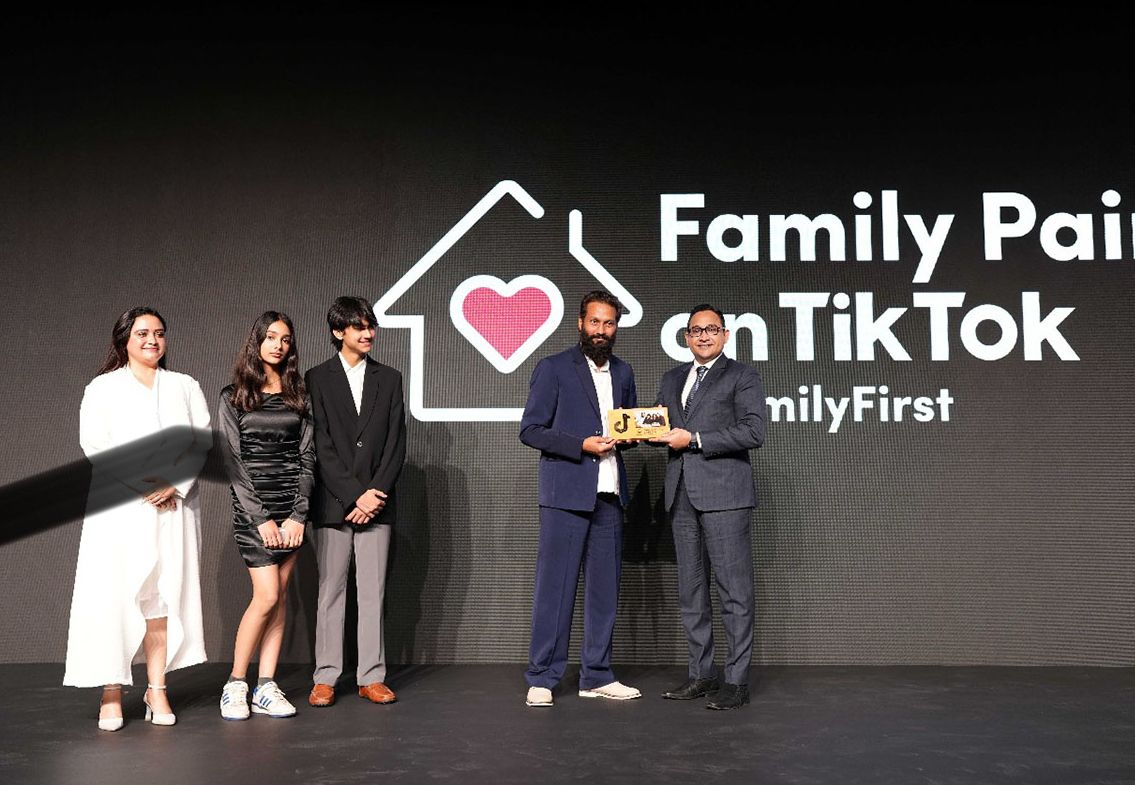Parenting in the Digital World: Walking the Line Between Love and Letting Go

The tactic of parenting changes in generations, given the evolution in culture and other influences. With the internet taking the center space in the growth of every child and teen from a very early age, parents often stumble between the fine line of exposure into teaching and control. The internet moves faster than we can catch up, and our children are growing up in a space that is very new for previous generations. In this unfamiliar space, navigating balance for proper parenting can be confusing, overwhelming, and easy to feel like we’re losing control.
But here’s the hard truth: blocking the internet won’t block their curiosity. Limiting access doesn’t limit their need to belong. We can’t protect them by pushing it all away, we protect them by walking beside them.
The early teen years, between 13 to 18, are one of the most complex and emotionally turbulent phases of a person's life. Teenagers are exposed to various perspectives that come from friends, school, relationships, and, above all, the internet while they try to make sense of these inputs during a critical phase of self-identity. This period is often marked by self-doubt, peer pressure, academic stress, and an emotional roller coaster. In the midst of all the chaos, the internet could either confuse and distract or assist with learning and growth.
Today, teens build their identities on the internet. Often the likes, expressions, or aspirations begin with a screen. That in itself could be scary, instead, it is an opportunity. What if, instead of rejecting every app, every video, or every trend, we teach them the right way to use the internet? What if we were curious rather than critical?
The recently launched Family Pairing feature on TikTok in Nepal provides one conduit towards that journey. Parents can link their account with that of their teen and impose limits on screen time, along with managing their interaction. It allows for customizing privacy settings, limiting inappropriate content, and even guiding time spent on the app. But even more than setting limits, it has the potential to connect. You are not tracking every move; you are simply present.
TikTok is often perceived as a platform for dance trends and challenges; however, it hosts a vast community of educational, motivational, and creative content that teenagers are interested in. There are mental health advocates and science explainers, artists and budding change-makers; TikTok, if used attentively, can be a content spring of inspiration. Features like the STEM feed highlight TikTok’s commitment to learning by curating videos focused on science, technology, engineering, and math, offering teens engaging and reliable educational content. With Family Pairing, parents are no longer external to experience; they can be part of the same community. Parents and teens share a space for learning, building trust, and ultimately inspiring one another.
It's not giving in, but giving tools. In that place of guiding rather than controlling, they learn how to think: Not what to avoid, but rather to distinguish: The fake from the genuine, the toxic from the healthy, the shallow from the meaningful. This is not just digital safety—this is emotional safety.
This is exactly when parents need to step in, not to control or restrict, but to guide and support. Instead of saying “no” to everything, show them the meaningful side of the digital world: content that inspires, educates, and empowers real self-growth, parents might begin building a bridge based on mutual respect.
No filter, no app, however, can replace parenting with heart. Allow children to make their own mistakes, and be there for them in that regard. Because, in the end, our children do not need perfect parents, they need parents who are present.
About Writer
Suresh Badal is a young poet, writer, author, and digital content creator from Nepal. He is known for his work in food microbiology and has conducted research on traditional Nepali foods. Additionally, he has published various articles, poems, and stories in different magazines and online platforms. He is also recognized for translating works, including being the official Nepali translator for Paulo Coelho's book "Hippie."


